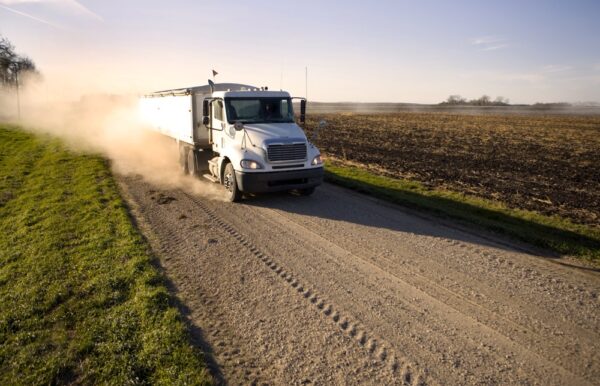“There are infinite demands but insufficient supplies,” as the adage goes in economics, and this is true when it comes to rice harvesting. The demand is growing every day as the world’s population grows.
So, it necessitates an increased production in an area where arable land is becoming scarce. Here’s where cutting-edge technology comes into play. With the help of TMS software and machines, it is now possible to deliver grains to every doorstep in no time. Let’s explore the importance of grain logistics in this article.
Location of Cultivation:
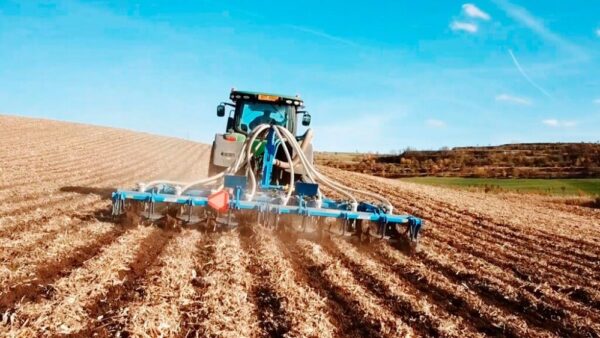
Grain logistics relies heavily on the selection of suitable agricultural land. Since this is a long-term project, it costs roughly more and is tougher to alter areas at any time. As a result, selecting more fertile land may be a choice. As a result, it will generate a higher yield over the year. The distance between the factory and the cultivating land is another aspect to consider. Since minimizing distance reduces expenses and allows faster production.
Choice of Machinery:
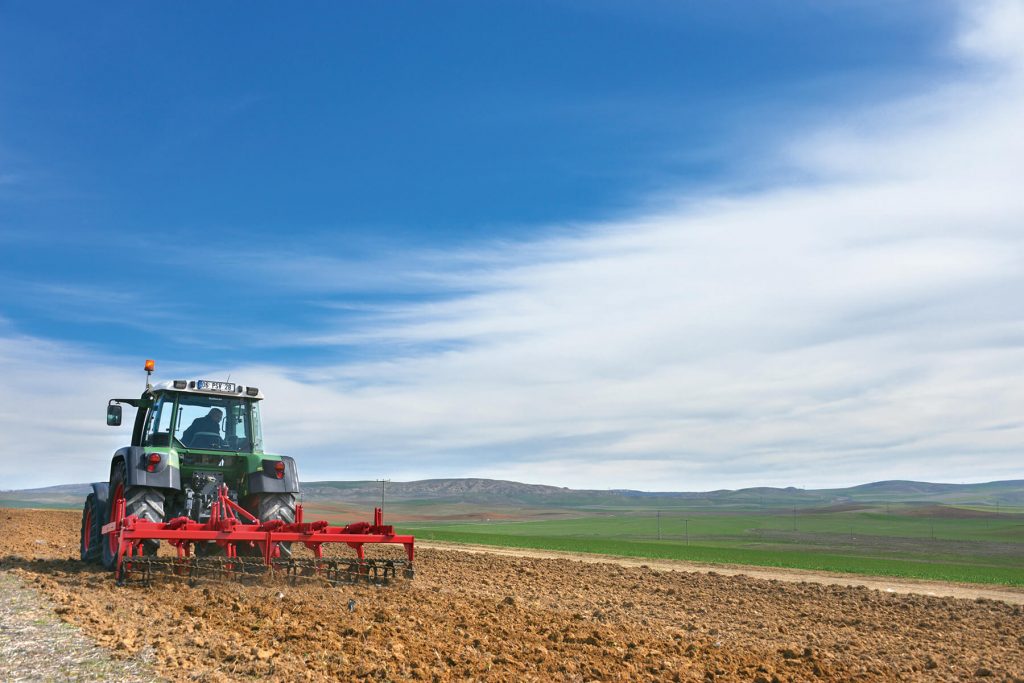
Grain logistics necessitates the use of large machines to process and handle storage systems. Since harvesting is a one-season event, everything needs to be done in record time. So right pieces of equipment are needed to speed up the process and yield adequate rice to distribute during the year. Once produced, they are then processed in the warehouse with the aid of grain logistics.
Furthermore, machines can provide users with a degree of versatility. For instance, machines that can multitask are more preferred. This versatility allows them to accept 2 kinds of rice and discharged goods at the same time. In addition, to yield the most during the season, the supplier should have quick automation and a smart logistics system.
Soil Preparation:
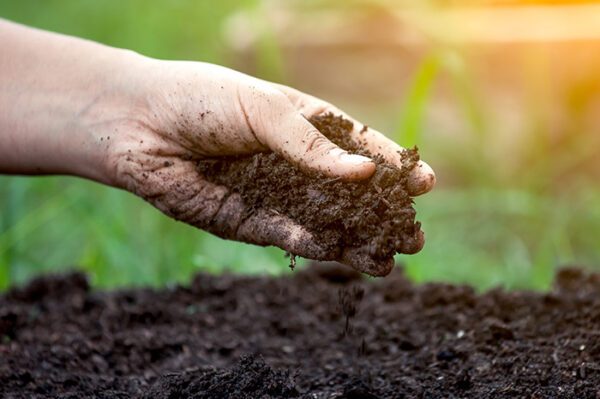
Before growing crop, a soil preparation is important. One of the most important tasks in agriculture is to turn it around and it is loose. This root can penetrate the soil deep. The roots can easily breathe even when they go deep into the soil. Why does the soil slipping root easily allow breathing?
Almighty soil, they help increase microbes in the earth and the growth of the soil. They are more introduced and loose the soil and show it Humus, the friends of the farmers of this animal. But why do you need to turn the soil and alive?
You have learned the previous classes containing soil minerals, water, air and some living organisms. In addition, dead plants and animals are rotten by soil organisms. In this way, different nutrients held in the dead organism were released back. This nutrient is absorbed by plant again.
The nutrients of plants can use this so that the upper layer of the soil is just a few centimeters plant growth, brings nutrient rich soil on the top of the bend and soil slipping. Thus, the bend and soil slipping is very important for crop cultivation.
Skipping and tilling the earth’s turning process is tilling or cultivated. This is used to plow a plow. Ploughs are made of wood or iron. If the soil is very dry, it may need water before cultivating it. Called crumbs in the field can have large pieces of soil called. It needs to break these crumbs with a plank.
Region:
If the growing and processing areas are close to the consumer regions, it would be easier to export with TMS software and, of course, less expensive logistically. If it is located in local areas, more products can be distributed. As a result, this is a critical decision with potential benefits.
Managing Resources:

After knowing the significance of all the preceding items, it is also critical to handle the resources. First, we must make good use of both human and machine labor. Distributing the works among them properly can help the providers improve their grain logistics. Furthermore, time management is also critical in maximizing productions. This will allow the plant to operate more efficiently, and profits will soon follow.
Technology in Agriculture:
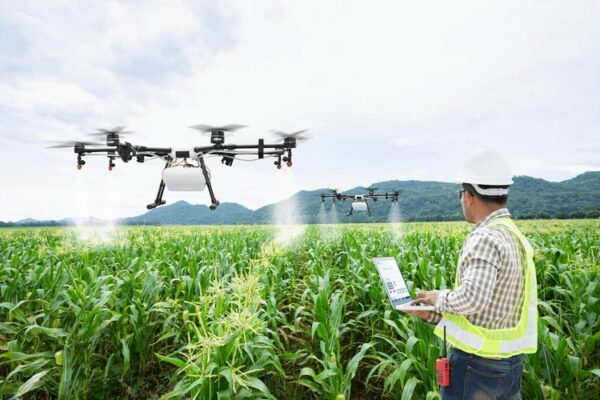
Technology is a traditional thing to apply different strategies, tools and equipment in agriculture. In addition to changes in society through the use of agricultural technology, technologies also changed and only through the consideration of various social and mechanical ingredients, only the importance of technical development can be evaluated. The agriculture develop country is absolutely different from developing country’s agriculture.
Farming is deeply influenced by local conditions of former rural areas and climate, soil, water, harmful pests etc. here. Most of the agricultural lands are inappropriate to use volatile and modern equipment. In this subcontinent farmers, there are still used in rural agriculture in some centuries for centuries. People, animals and equipment provides necessary energy to agriculture, animals, animals provide necessary energy to agriculture, animals, for performing various cultivation, harvesting, threshing, plants, irrigation, harvesting, threshing.
Farming was completed by human power in an animal force. Later, as a helpful human power, the practice of administering the animals like cows, buffalo, horses, camels, donkeys, and elephants. In various lands, the cows and buffaloes are mainly used in agriculture. The cows of developing country are smaller than the other country’s cow and an average of one-tenth of the weight of their body weight, although they can force a long time for a short time.
Materials and Equipment:
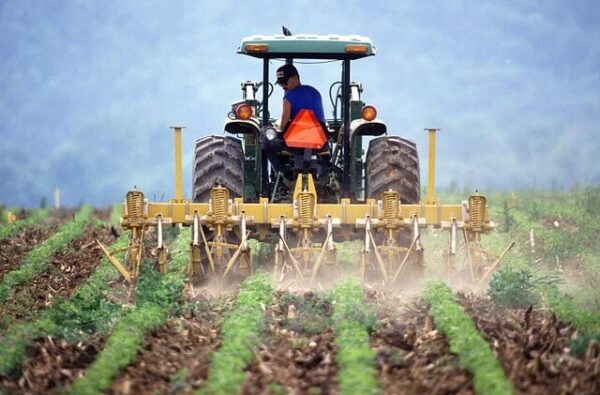
Farm materials and equipment like irrigation water and seeds, fertilizers, labor and pesticides are natural determinants of crop production. The balanced application of these materials can only ensure more yield of a crop at the farm level. Researchers and expansion functions are conducted for production and supply of high yielding seeds.
Until today, a significant number of high yielding varieties of rice, wheat, maize, jute, sugarcane, various types of pulses and oilseeds, bulb crops and vegetables are released for production and farm level. Farmers generally preserve their own seeds. Earlier, the government agency provided only verified seeds, but almost never could supply more than five percent of the total demand. Currently, many of the ownership of the land are engaged in seed business.
Conclusion
Since the value of grain logistics is becoming more apparent every day, the grain logistics industry is becoming more dynamic. And, as a result of technological advances and enhanced delivery methods, suppliers have a plethora of opportunities to thrive in the industry.
The whole graining process need the use of right pieces of machinery and labor. And with the right grain logistics, more processed and stored grains can be distributed in a short time to meet the demand.

